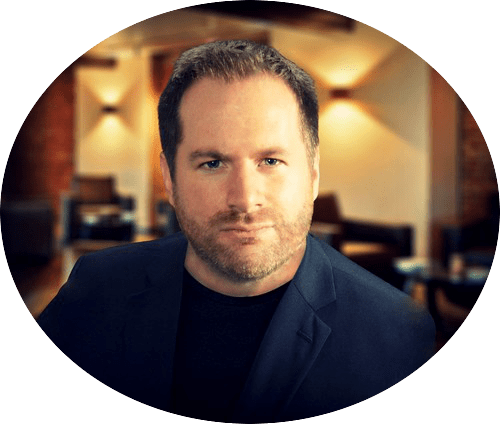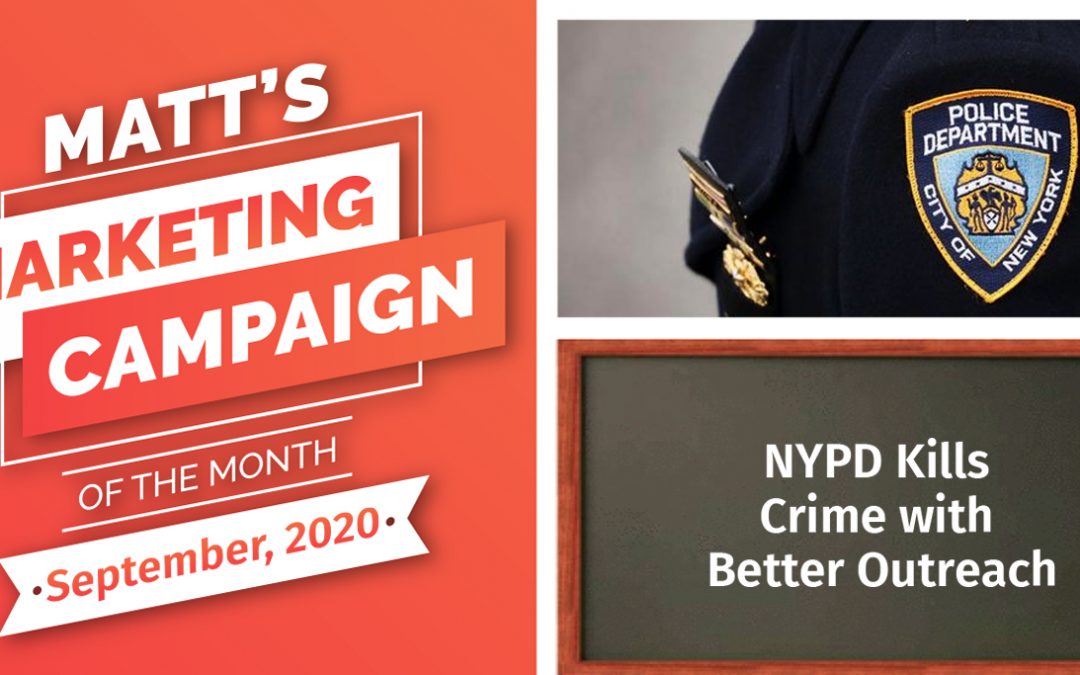[sb name="mmcm-top"]
In the early 1990s, New York City was on the verge of total anarchy,
Rates of murder, assault, rape and vandalism were at an all-time high, and the NYPD's budget could not be increased to get new officers, cruisers or equipment.
Then in February, 1994, Bill Bratton from Boston was appointed as Police Commissioner by Mayor David Dinkins, and given the task of decreasing crime with no additional resources or manpower.
Two years later, New York city became of of the safest large cities in the United States. Felony crime decreased by 40%, murders decreased by 50%, and as a result, public confidence in the police rose from 37% to 73% in that same time frame.
As the police in New York have achieved a level of public safety that has helped increase city population, double tourism, double transit ridership, they have done this with remarkable and greater restraint.
-William J. Bratton
Police Commissioner, City of New York
So, how did he do it?
1) Bratton Increased Engagement
When Bratton took charge, he noticed that police officers weren't engaged with civilians. When he was in charge of the transit police in Boston, he always kept his officers engaged with commuters to maximize communications between citizens and police. As a result, he instituted a few changes, such as requiring the middle and top brass (police leadership) to commute to and from work on the subway system.
He then encourage police to communicate with citizens more, and not just when their was trouble. This forced top NYPD leadership to observe daily, the decaying transit system that was plagued with graffiti, and crime.
The takeaway here for marketing purposes is always be asking your market questions. Their opinions toward your offerings may change dramatically based on many factors beyond your control, so it's always good to keep communications open.
2) Bratton Innovated with "Outdated" Innovations
One of the biggest problems of the NYPD was every precinct commander used the same strategy to fight crime as the next. However, every section of New York is distinct wih its own unique hurdles, and one precinct may require different strategies for fighting crime than the next.
Bratton changed this by allowing each Precinct commander to develop their own strategies and tactics for fighting crime in their area. This lead to the proposal of several crime fighting techniques that hadn't been used, or sanctioned, in decades.
In the 1970s for example, police departments instituted many changes to fight crime, such as drug warrants, outfitting police in normal clothing, allowed police to conduct independent drug investigations, etc. You see, these tactics were outlawed because the NYPD became more concerned with protecting itself from lawsuits and scrutiny, versus taking proactive measure to fight crime. Bratton saw the need to sanction these tactics, and place the critics on the back burner.
The takeaway here is there are many "outdated" tactics and strategies companies can use, such as mail order free samples, to increase engagement,met and sales.
[sb name="newsletter"]
More Marketing Campaigns of the Month
What Happens in Vegas Stays in Vegas
[sb name="mmcm-top"] In 2003, R&R Partners (R&R for the sake of simplicity) created the most successful slogan ever created in modern history: "What happens in Vegas stays in Vegas." The slogan has been quoted more than any other slogan, and has been used in...
Southwest Airlines Promote Winglets
[sb name="top-banner"] [sb name="mmcm-top"] It all started with people getting bigger, and bigger and bigger, and now jet fuel costs for the airline industry has reached critical mass (much like the weight of many Americans). To reduce this cost, the ingenious...
Get My Free Updates
Maverick was listed by Forbes as the #1 Consultant Who Avoids the B.S."

